How to Store Grains for Milling at Home
If you’re investing in whole grains and milling your own flour with a NutriMill grain mill, you want to make sure your grains stay fresh and mill-ready. Let’s talk about how to properly store grains so you get the best texture, nutrition, and performance out of every batch.
Why Dry Grains Matter
Grains need to be completely dry before milling. Wet, oily, or soft grains can clog your mill, damage the chute, and lead to frustrating results. Here’s a quick FAQ to help you determine if your grains are dry enough:
- Grains should feel hard and crack when bitten. They shouldn’t be chewy, rubbery, or soft.
- If unsure, let your grains sit at room temperature in a dry place for a few days.
- Freshly harvested or home-stored grains should never be milled unless properly dried first.
- In humid climates, grains can absorb moisture quickly; store them in airtight, dry containers to prevent this.
Best Containers for Grain Storage
To keep your grains dry and fresh, choose high-quality storage containers. We recommend our NutriMill Vacuum Seal Containers they’re airtight, stackable, and perfect for long-term grain storage.
For bulk storage, food-grade buckets with tight lids or large glass jars work well too. Just make sure whatever container you choose is sealed against moisture and pests.
Where to Store Your Grains
Grains last longest in cool, dry, and dark places. Ideal storage temperatures are between 40–70°F. Avoid direct sunlight or heat sources like ovens, radiators, or sunny countertops.
If you're in a humid climate, consider a small dehumidifier in your pantry or storage area to keep moisture levels down.
How Long Do Stored Grains Last?
When stored correctly, whole grains can last a surprisingly long time:
- Hard grains like wheat, spelt, kamut, and rye can last 10–12 years or more when stored in airtight containers at stable temperatures.
- Softer grains like oats or barley last about 1–2 years due to their higher natural oils.
- Milled flour only lasts a few months, so mill in small batches when possible.
Proper storage not only protects your investment but also maintains the grains' nutritional value and flavor.
Can You Refrigerate or Freeze Grains?
Yes, you can store grains in the refrigerator or freezer to extend their shelf life, but always let them come to room temperature before milling. This prevents condensation, which can make grains wet and damage your mill.
If you freeze grains, keep them sealed during thawing so moisture doesn’t sneak in.
Do a Quick Quality Check
Every once in a while, check your grains for any signs of spoilage. Look for musty smells, unusual discoloration, or pests. If you spot anything off, toss it and clean out the storage container before refilling.
Shop Whole Grains
Need to stock up on clean, mill-ready grains? Check out the grains available on NutriMill.com. We offer naturally stored, high-quality grains perfect for baking, cooking, and everyday milling.
Final Thoughts
Storing your grains properly helps you get the best possible flour every time you use your NutriMill. With the right container and environment, your grains will stay fresh, dry, and full of nutrition just the way nature intended.
Ready to get started? Grab a set of our Vacuum Seal Containers and make sure your pantry is milling-ready.

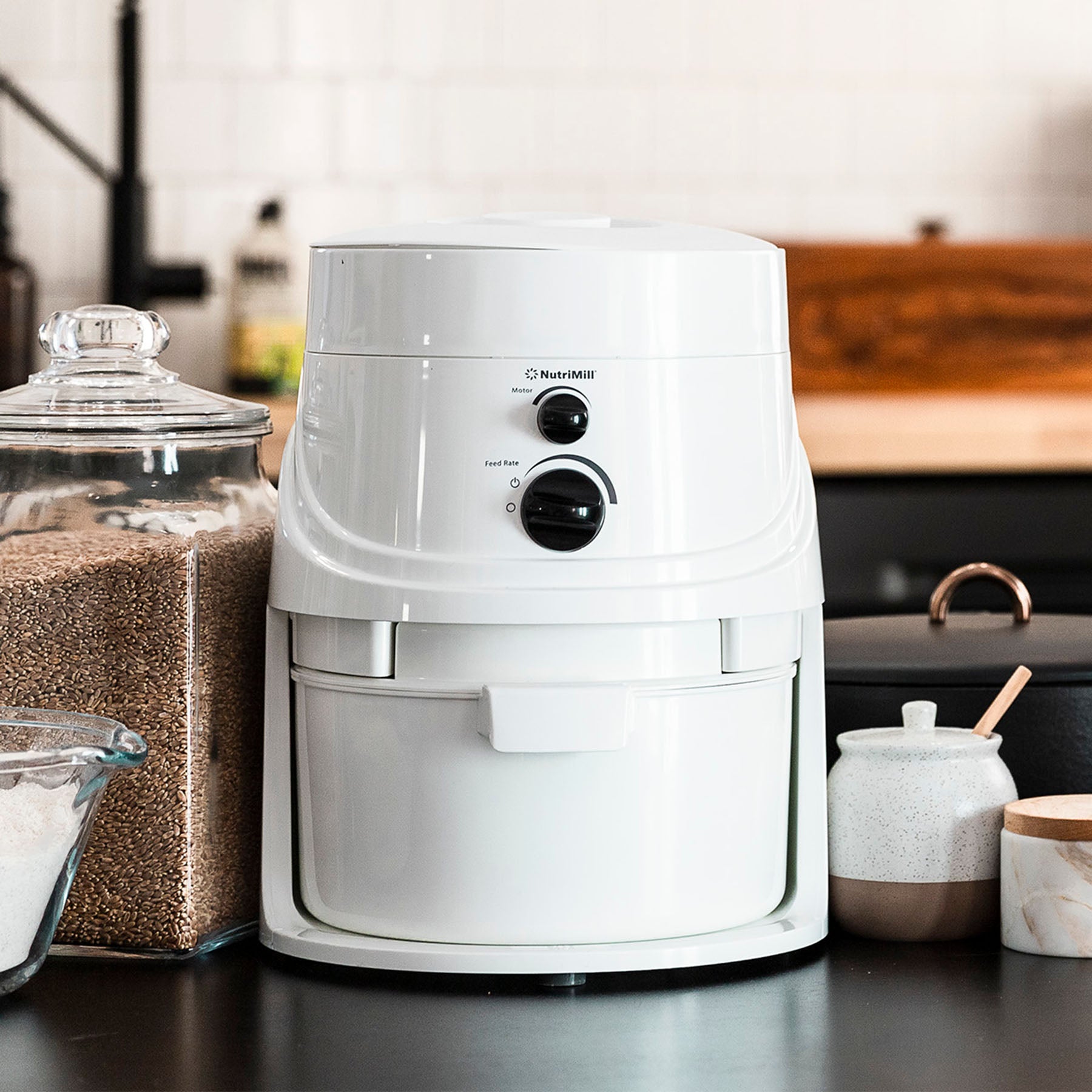
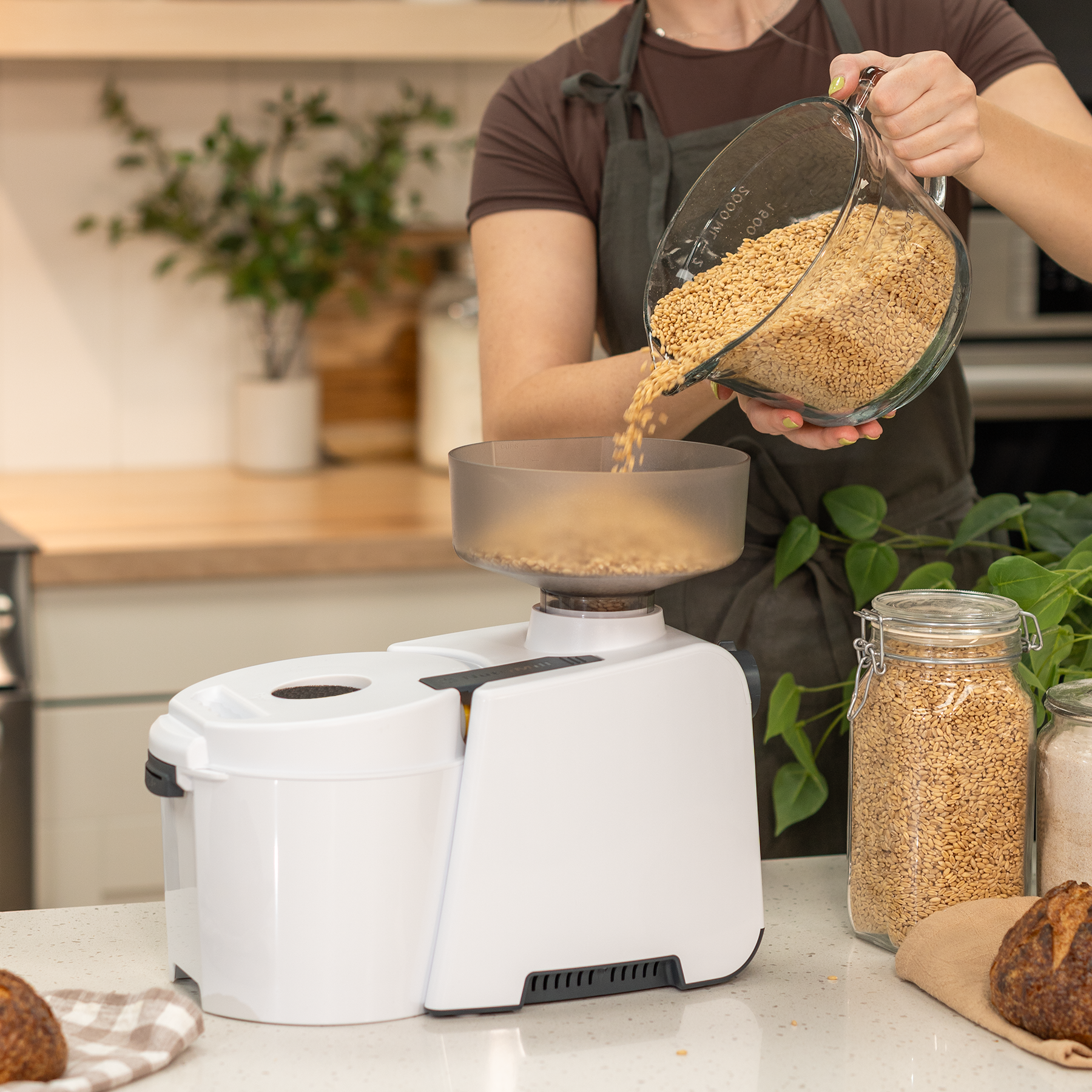
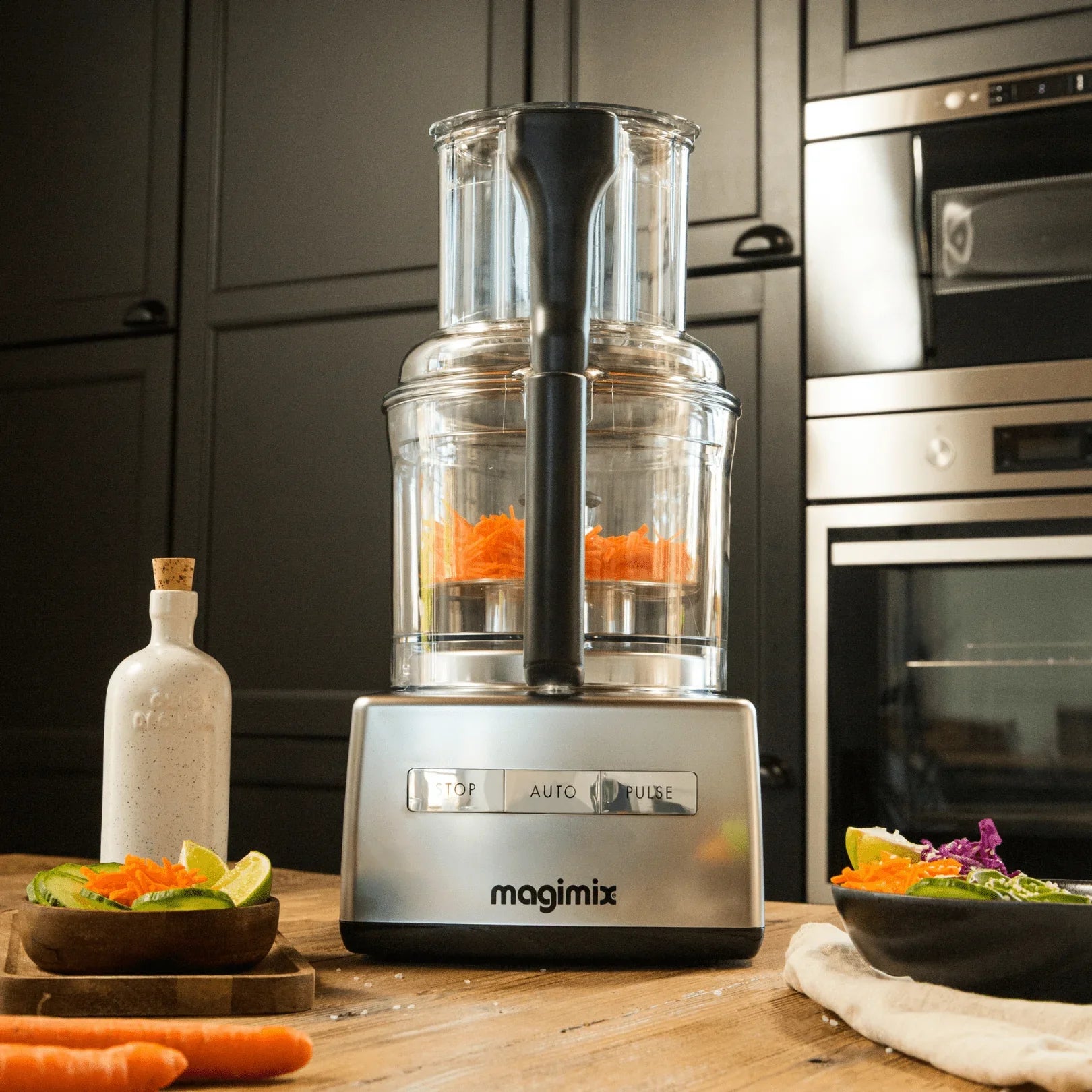
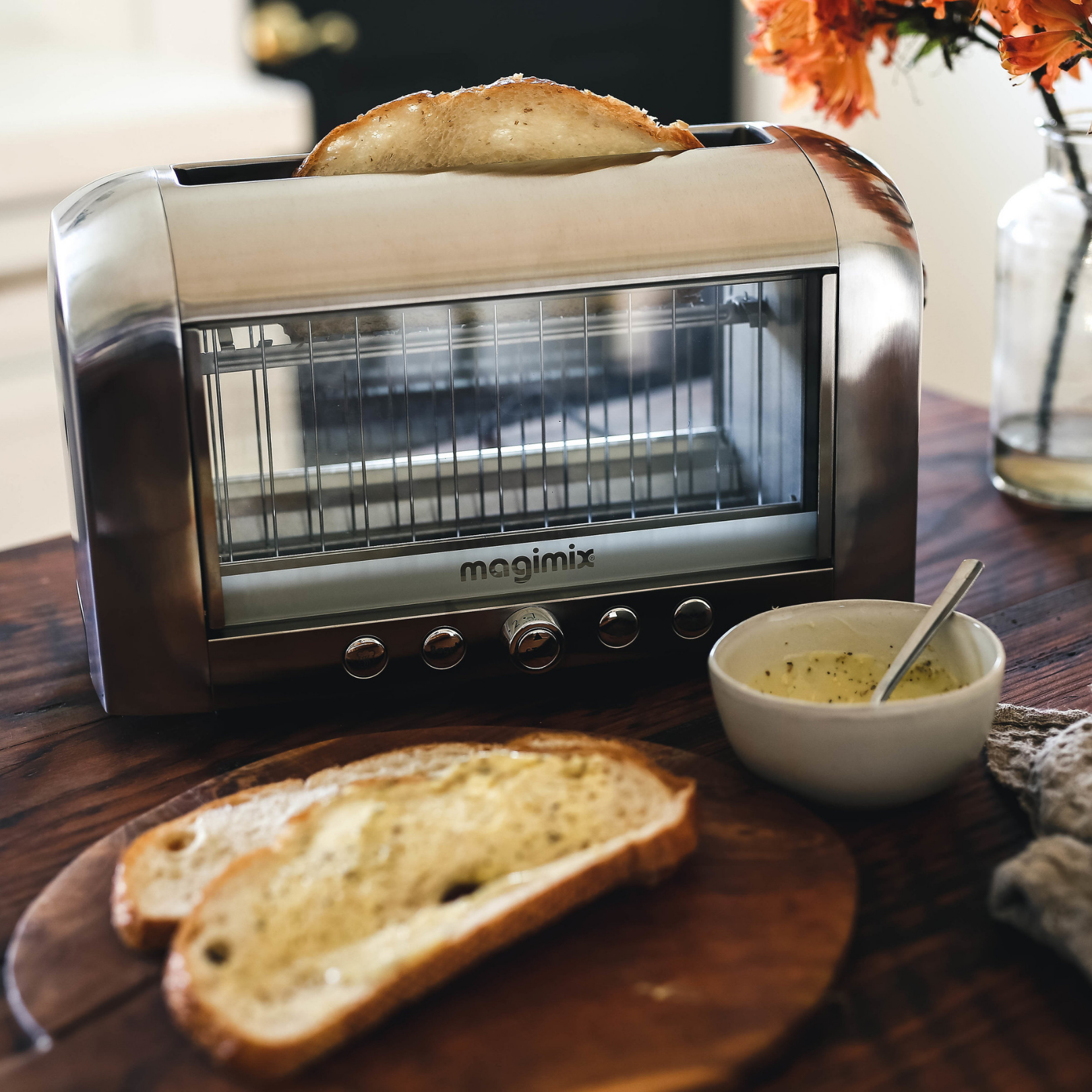
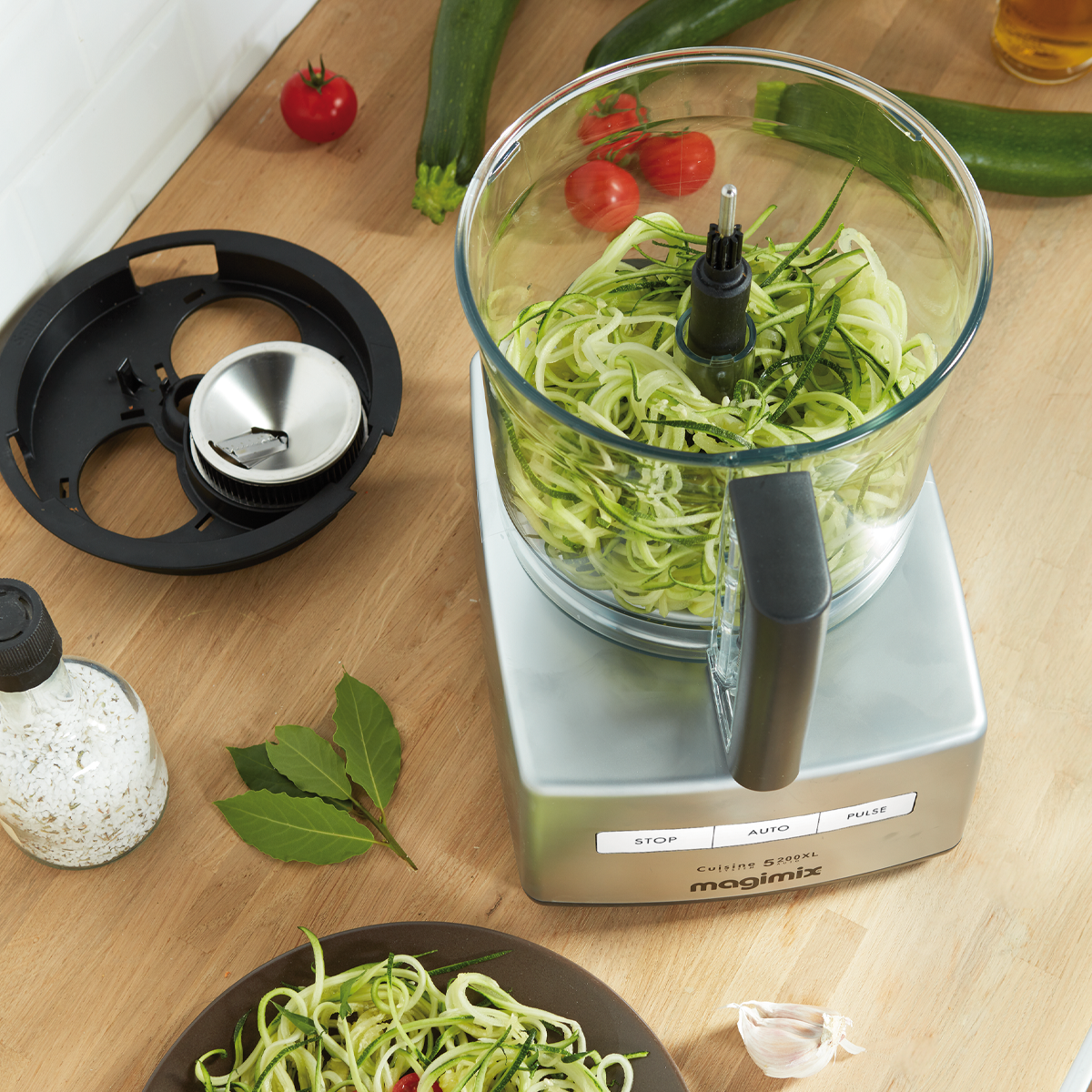
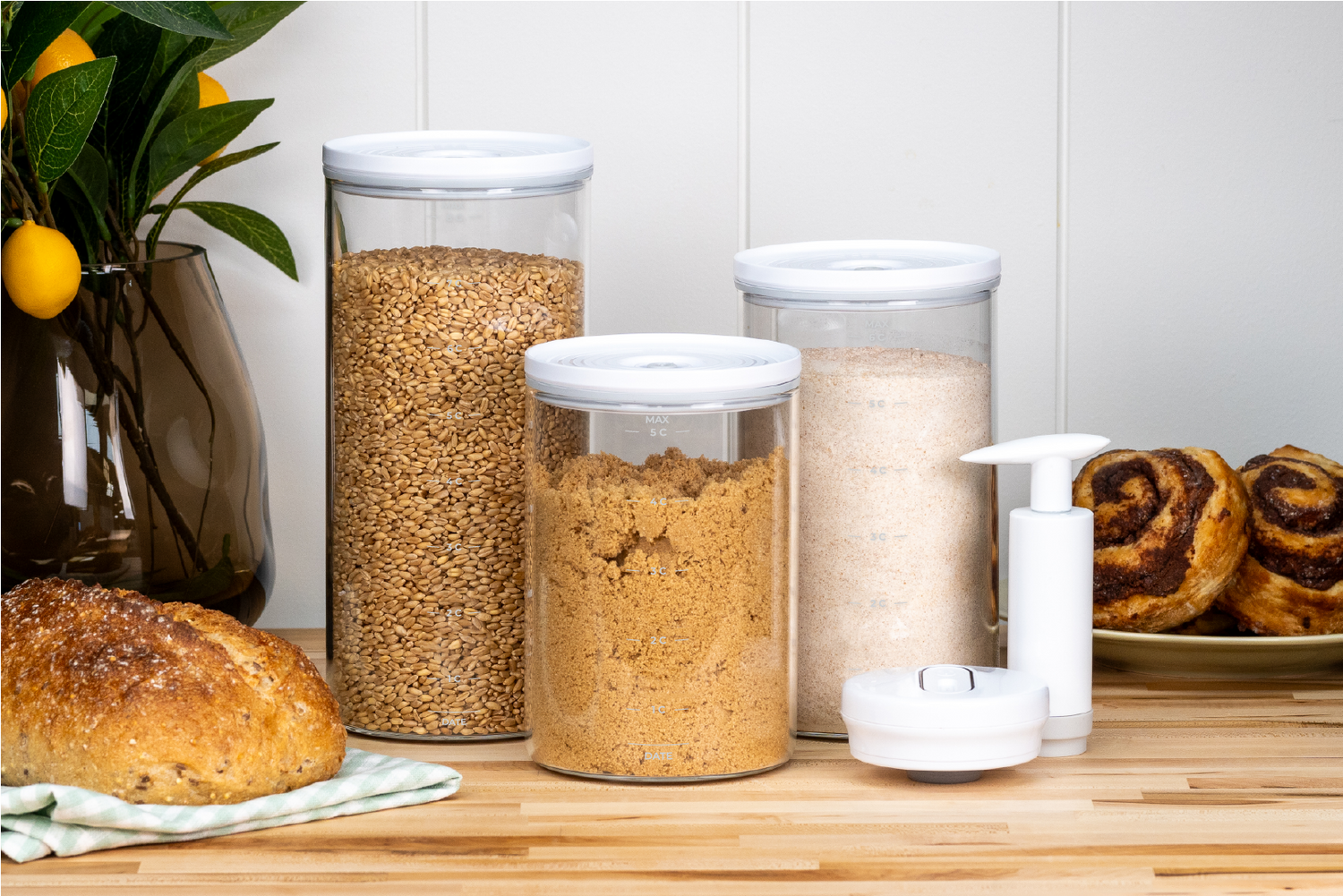
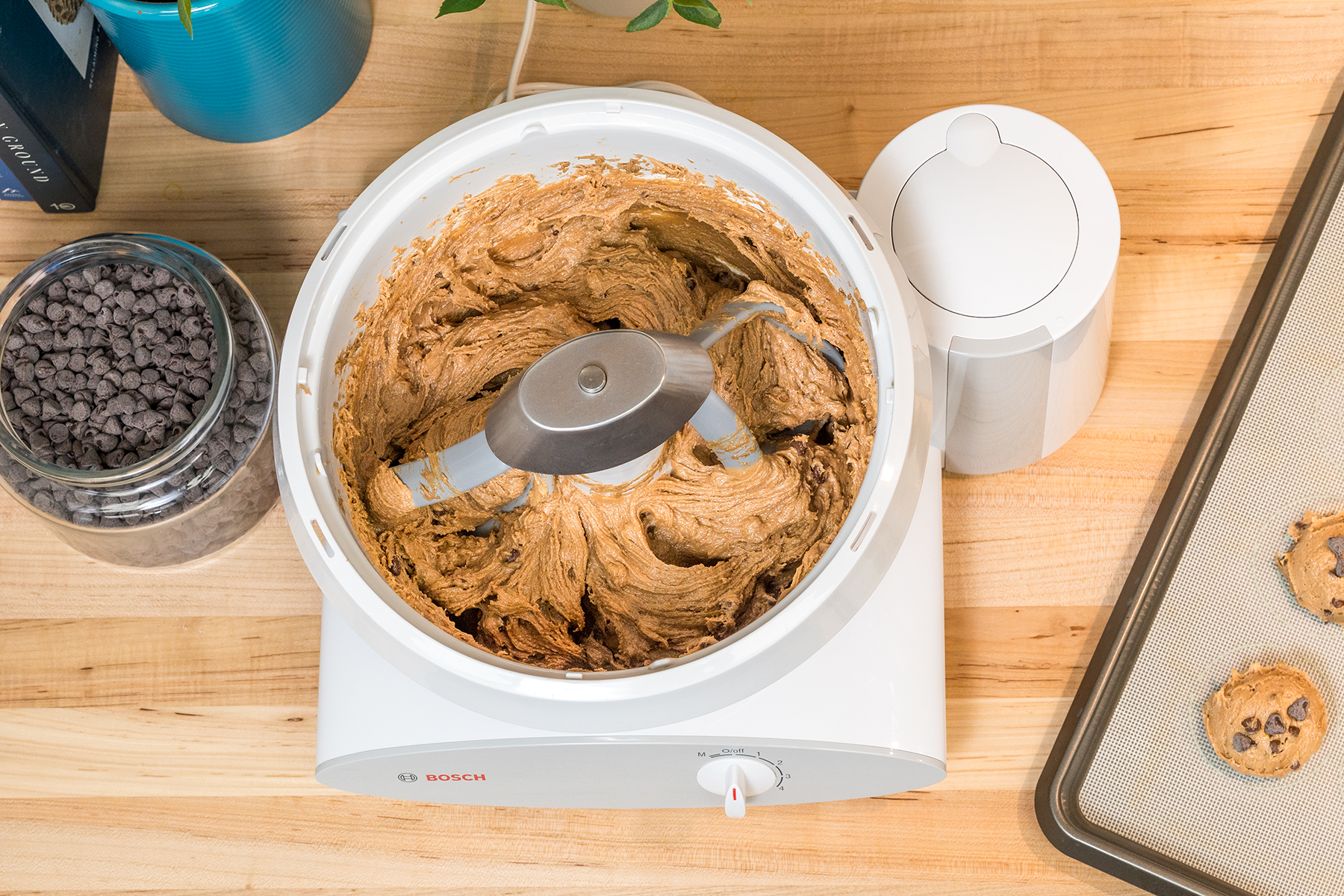
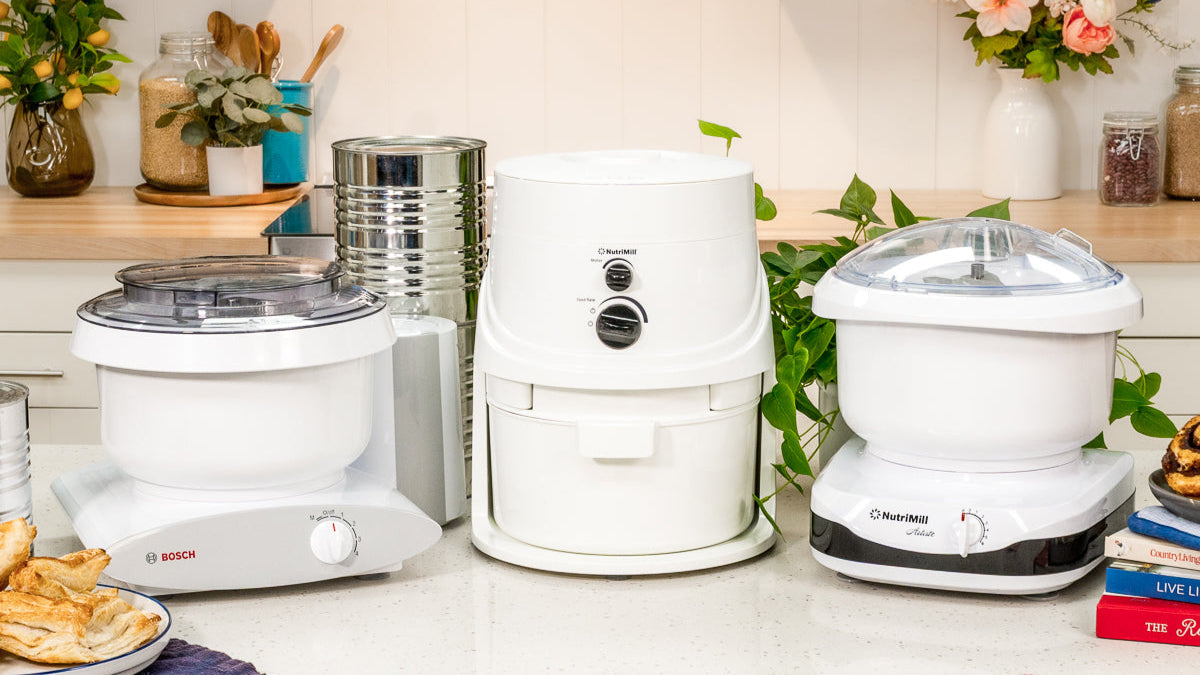
Leave a comment
All comments are moderated before being published.
This site is protected by hCaptcha and the hCaptcha Privacy Policy and Terms of Service apply.